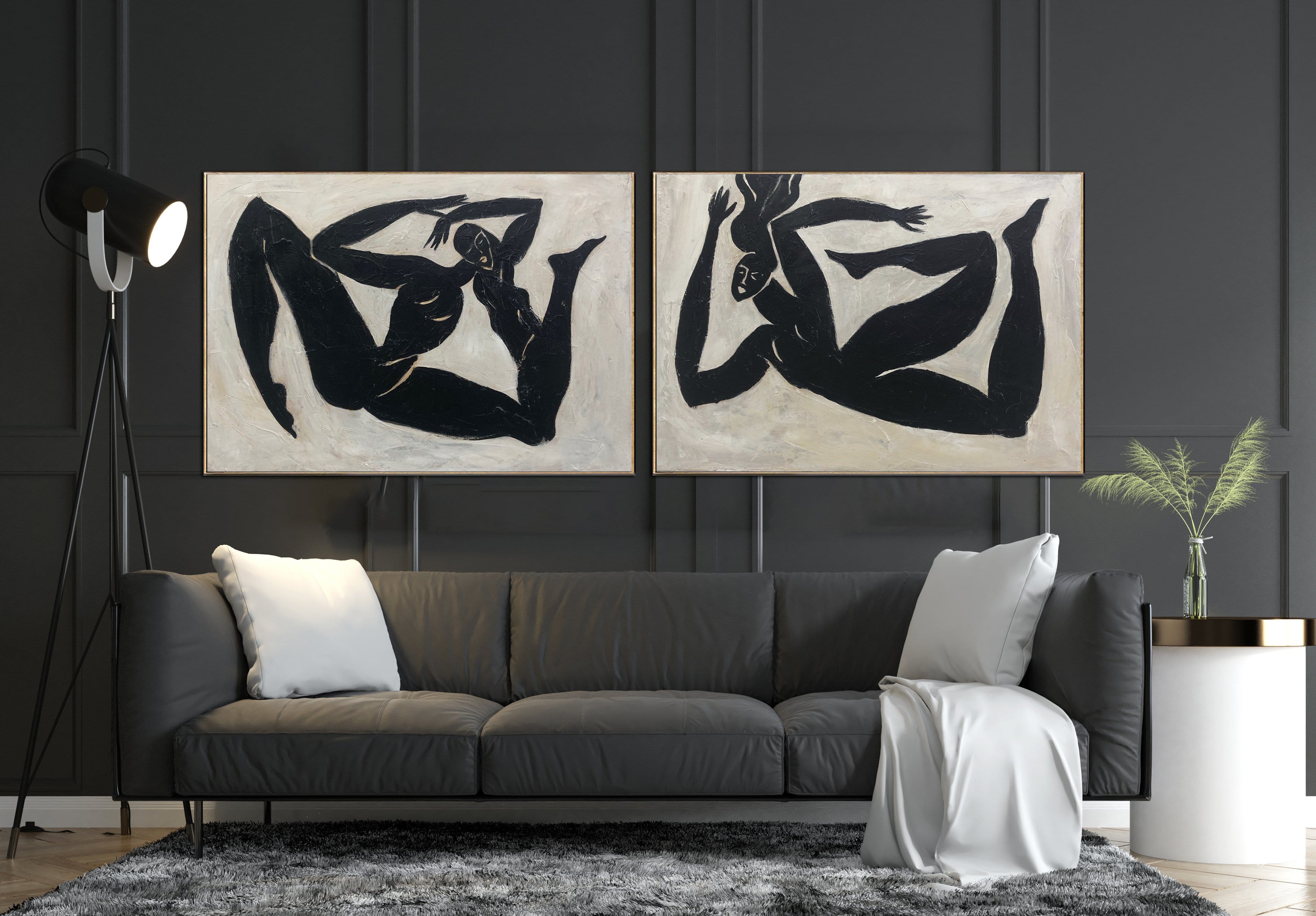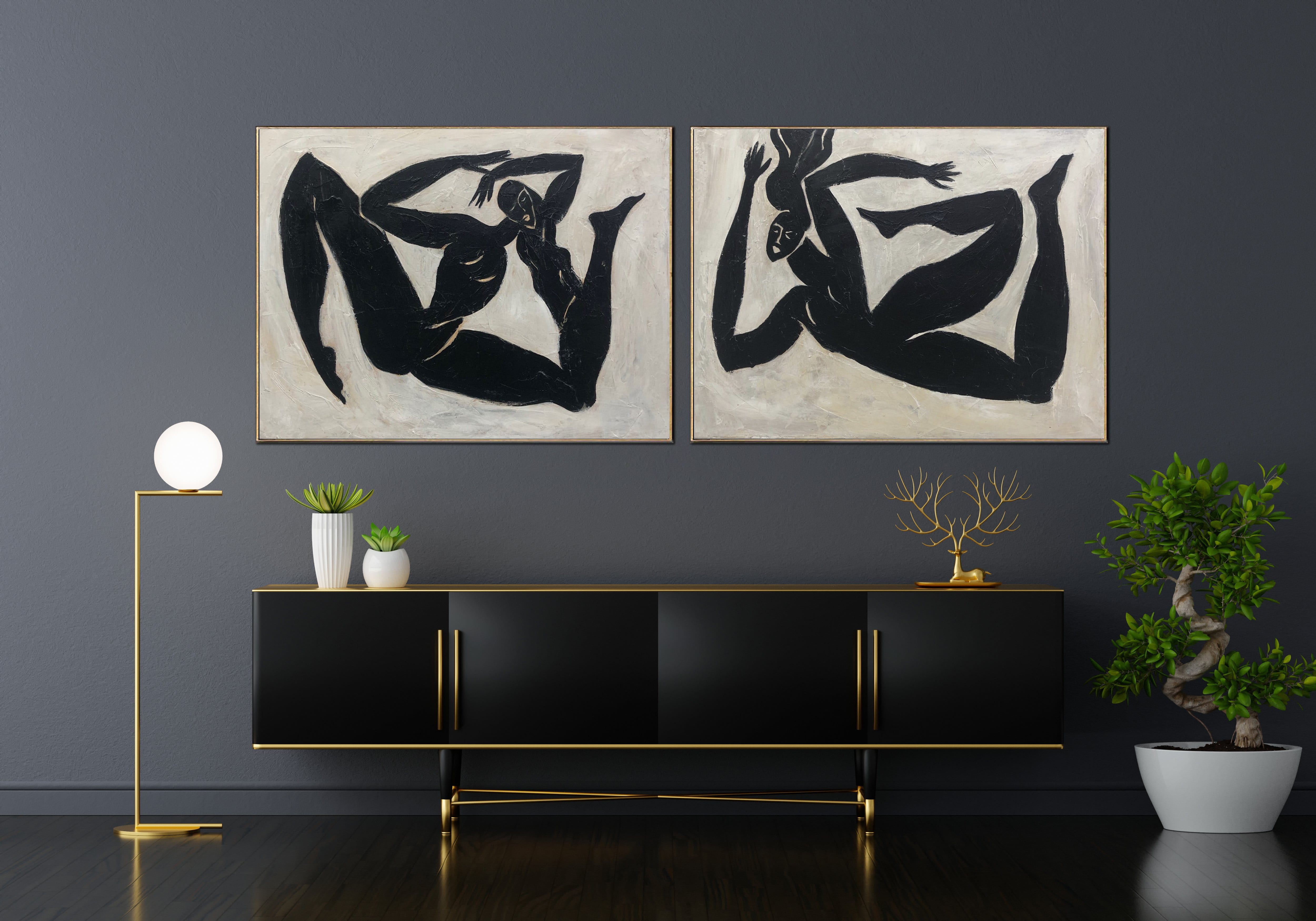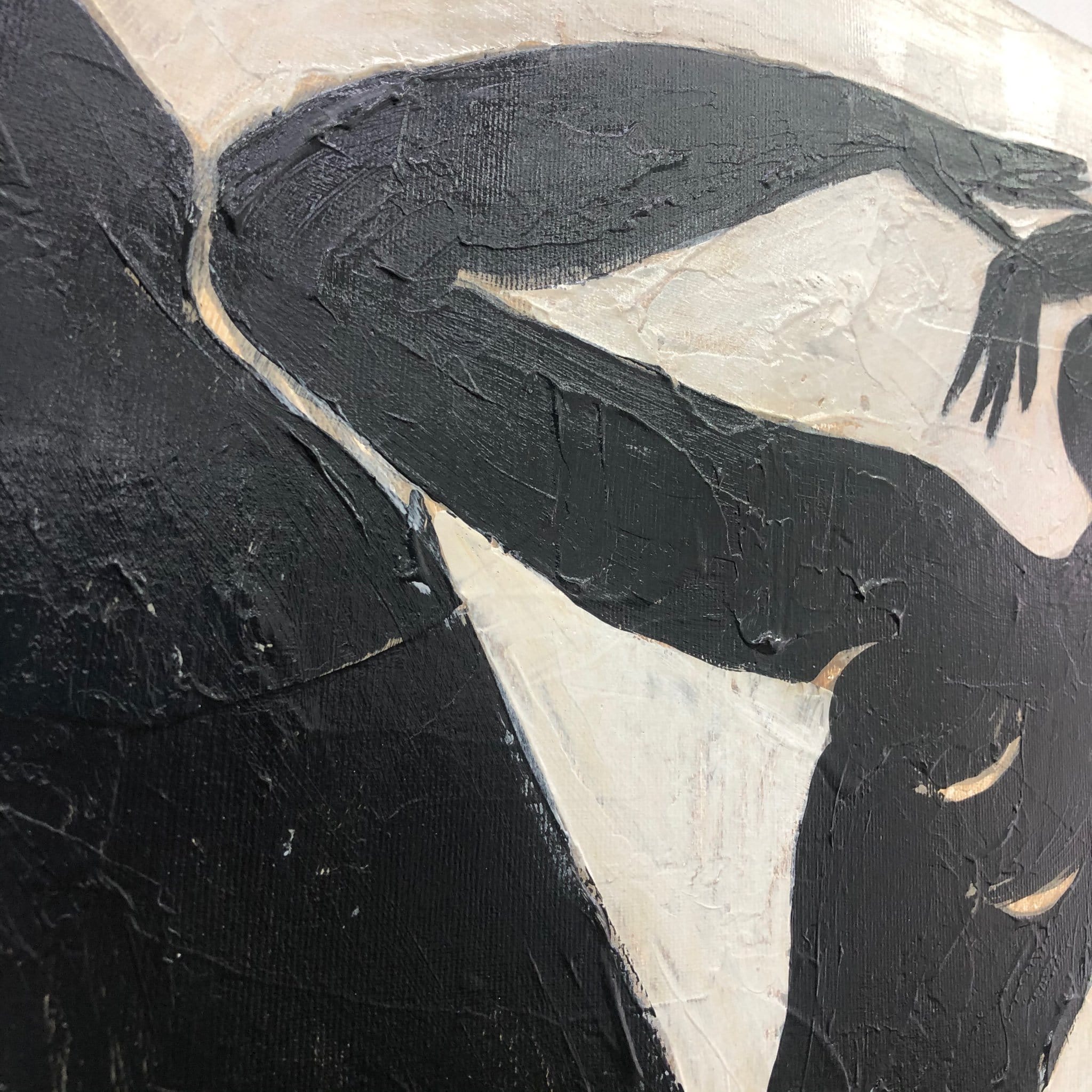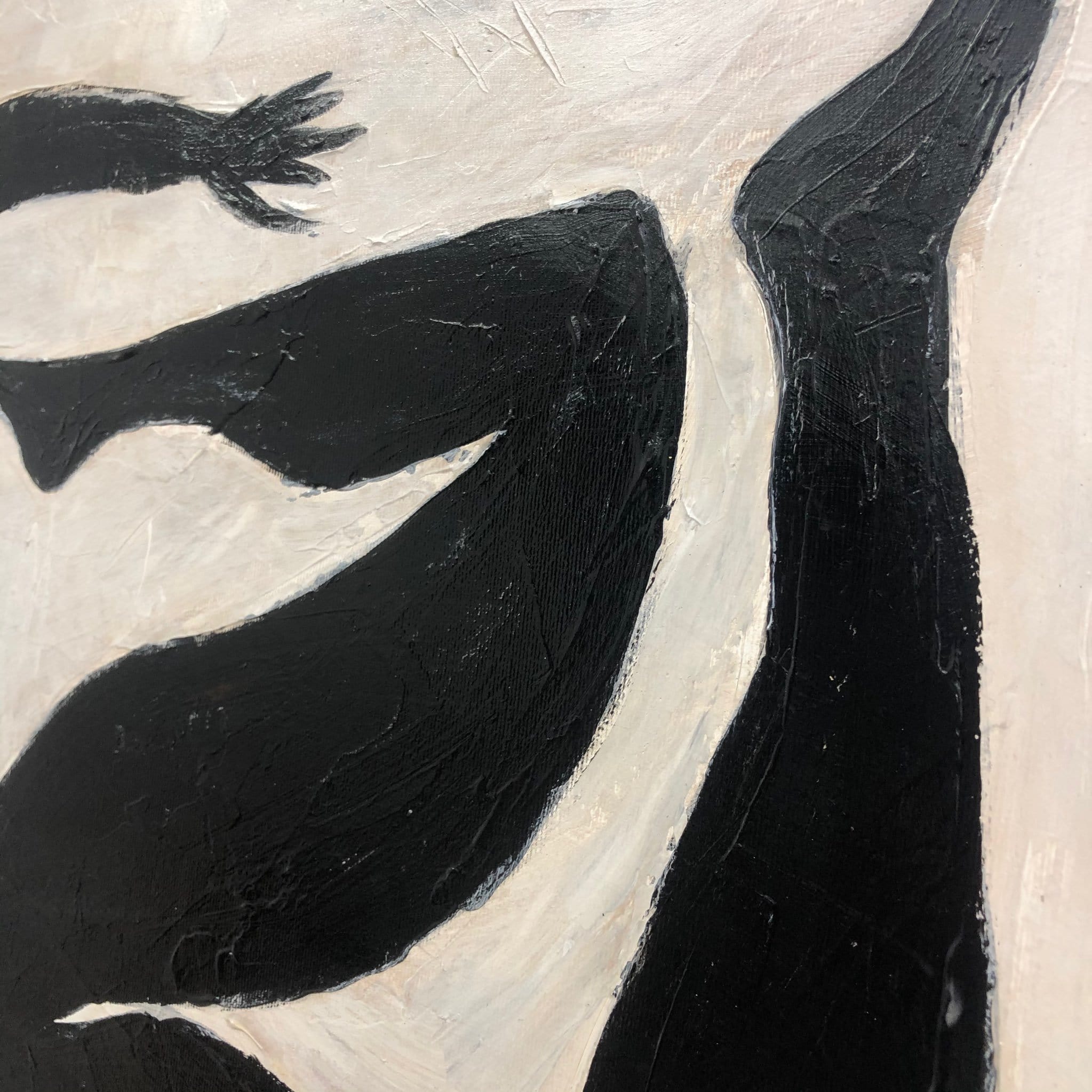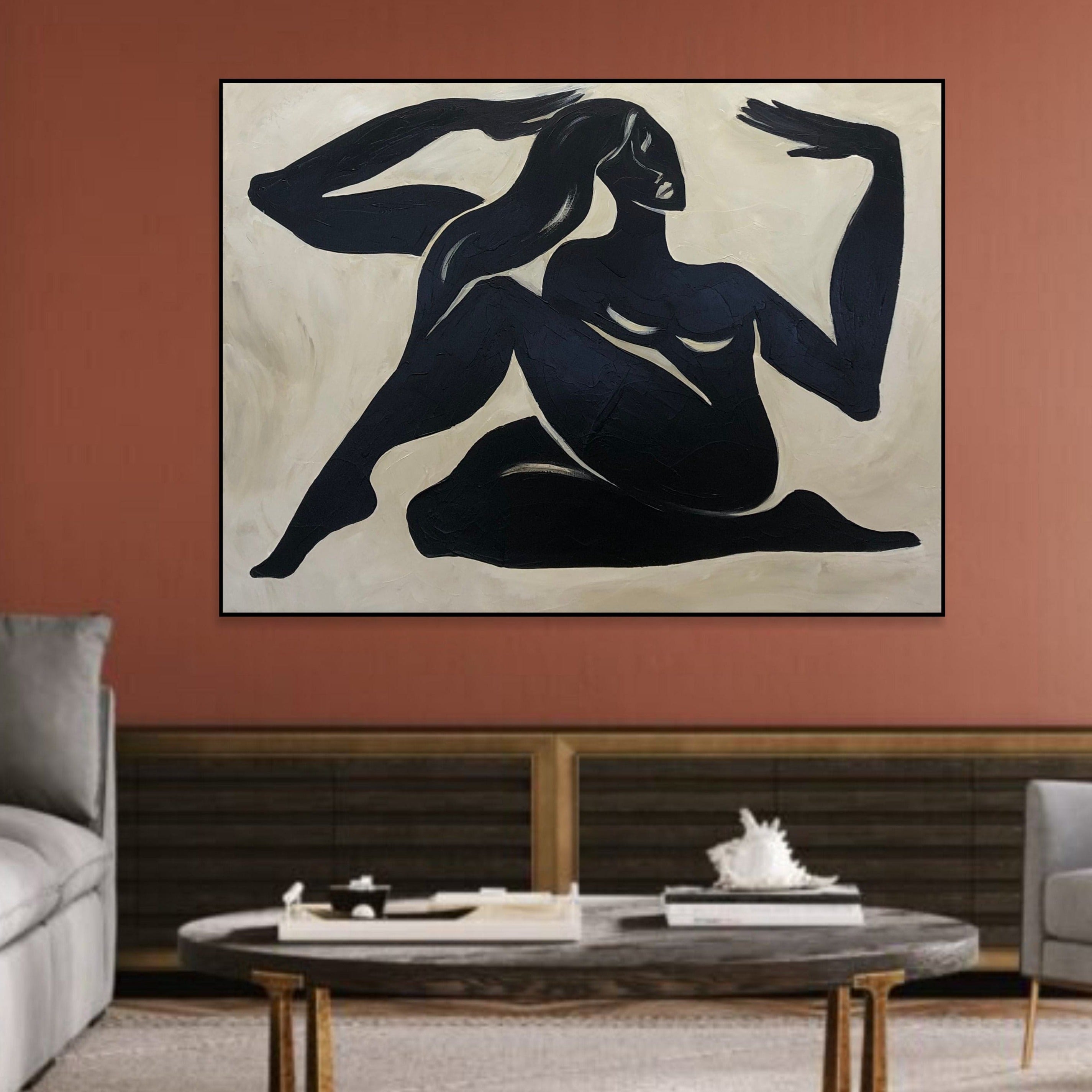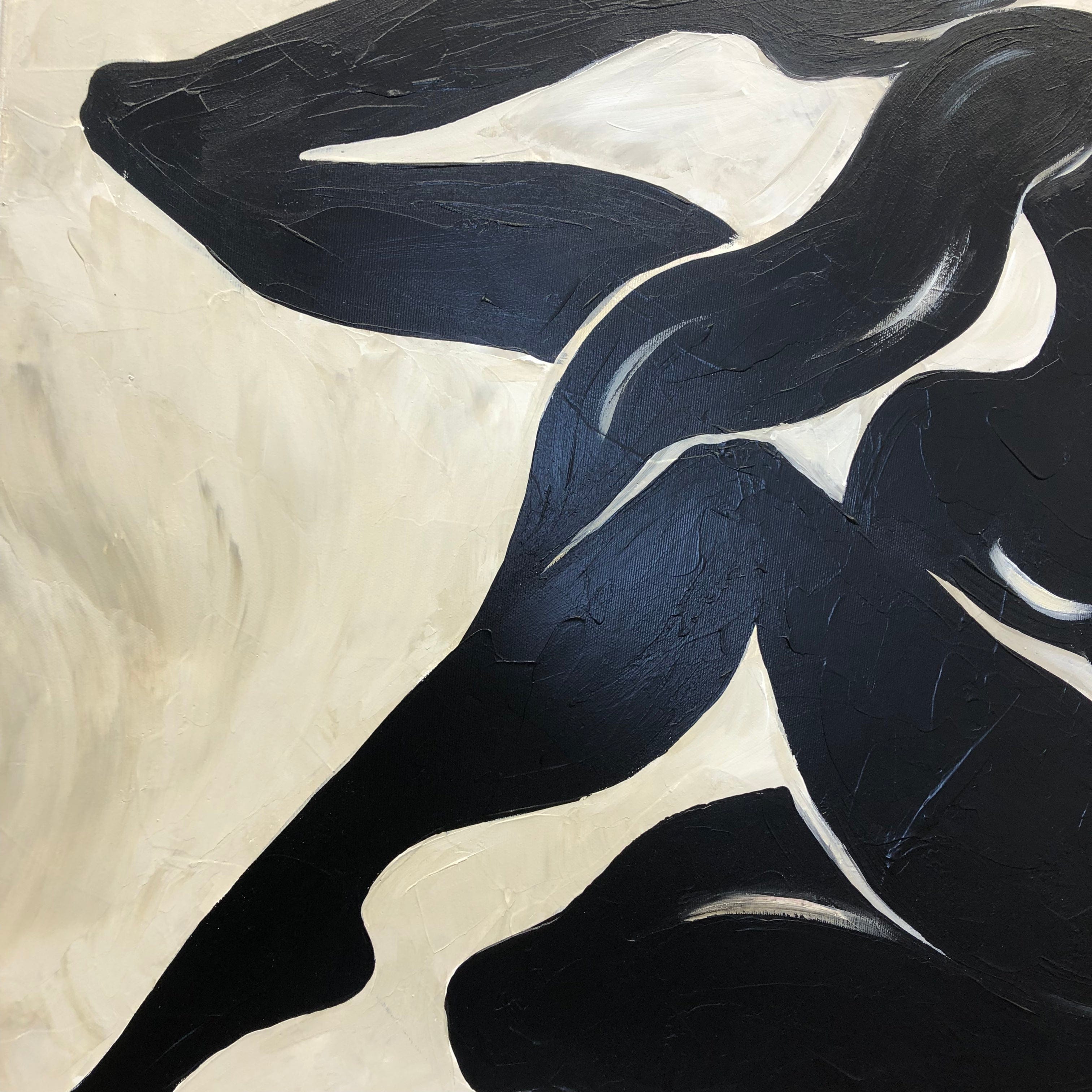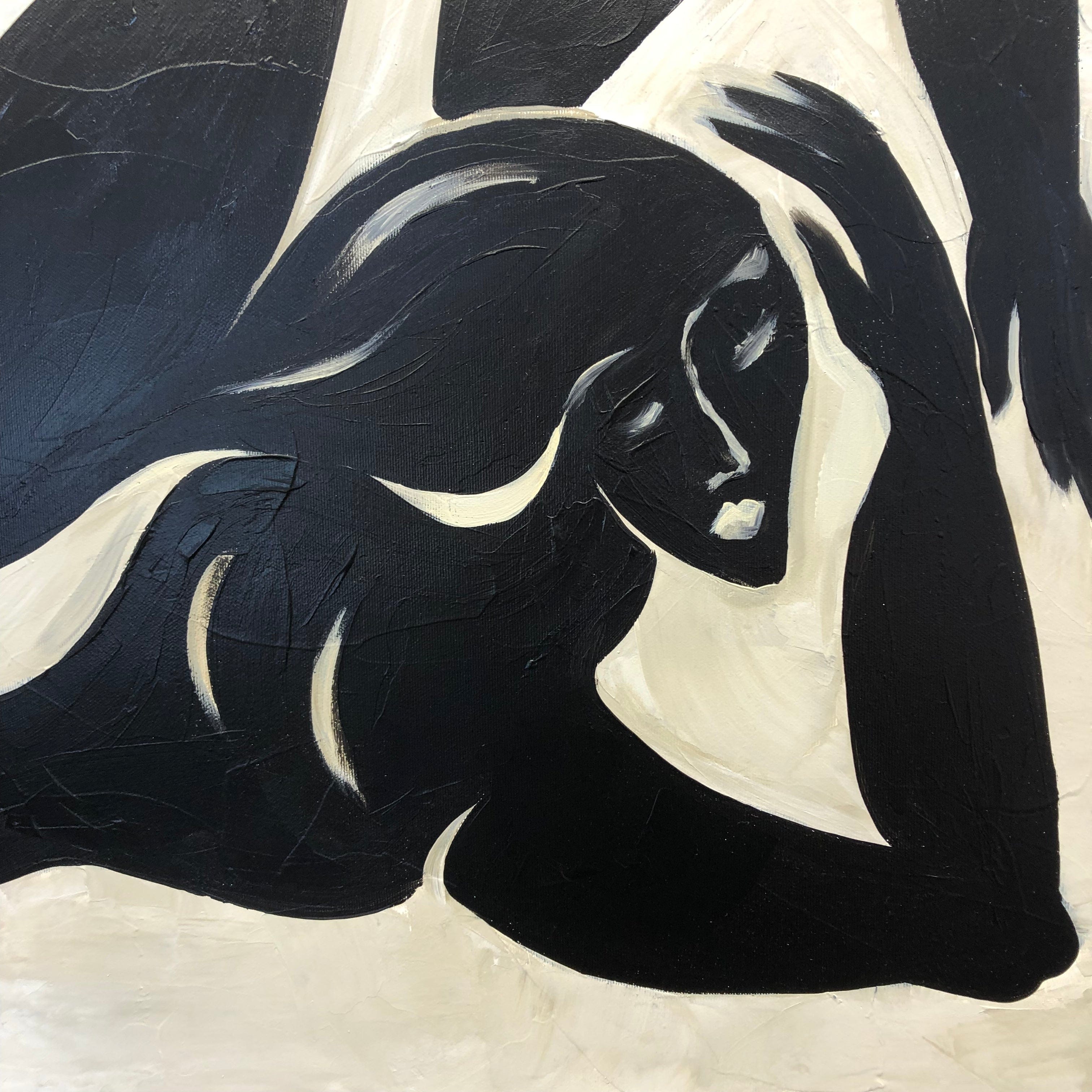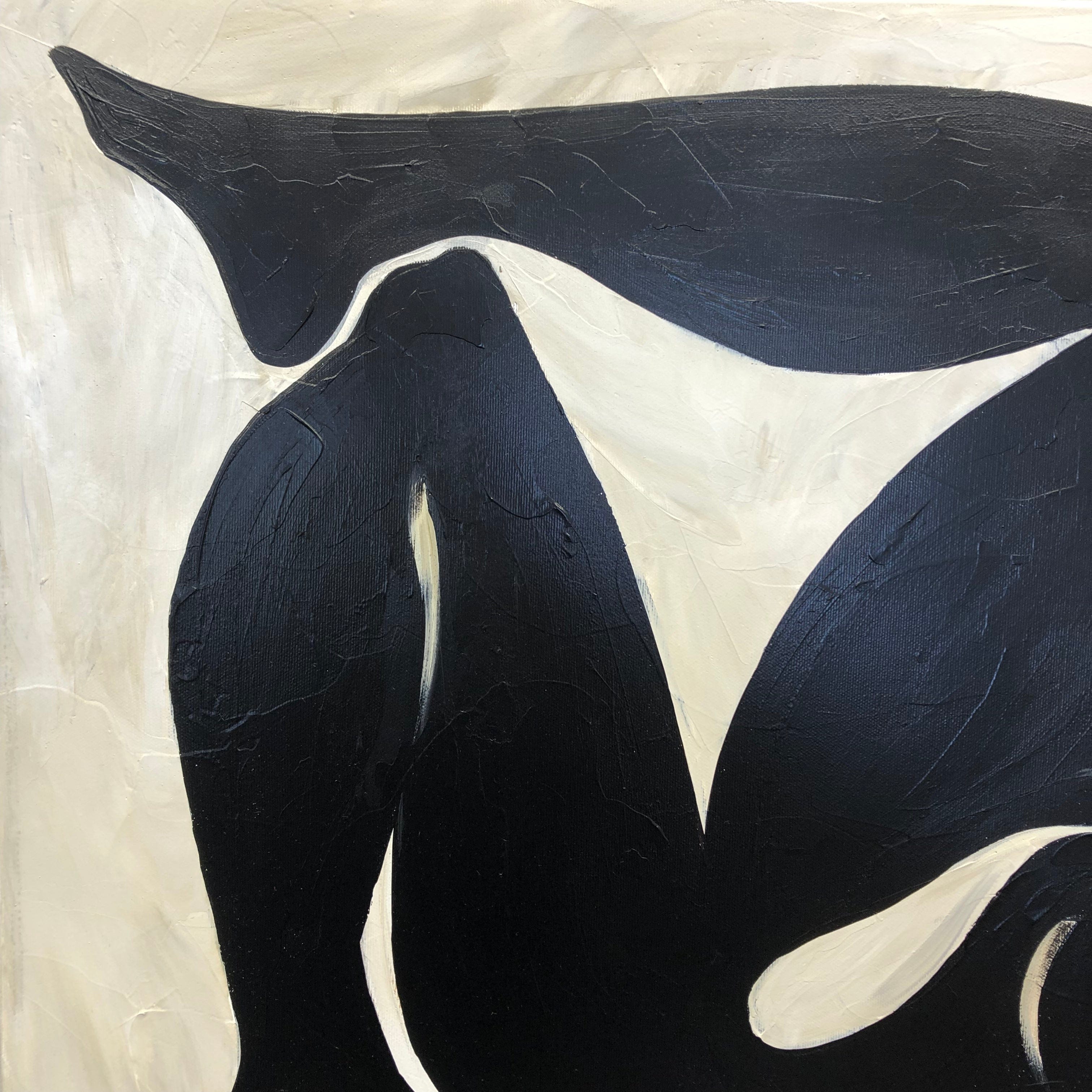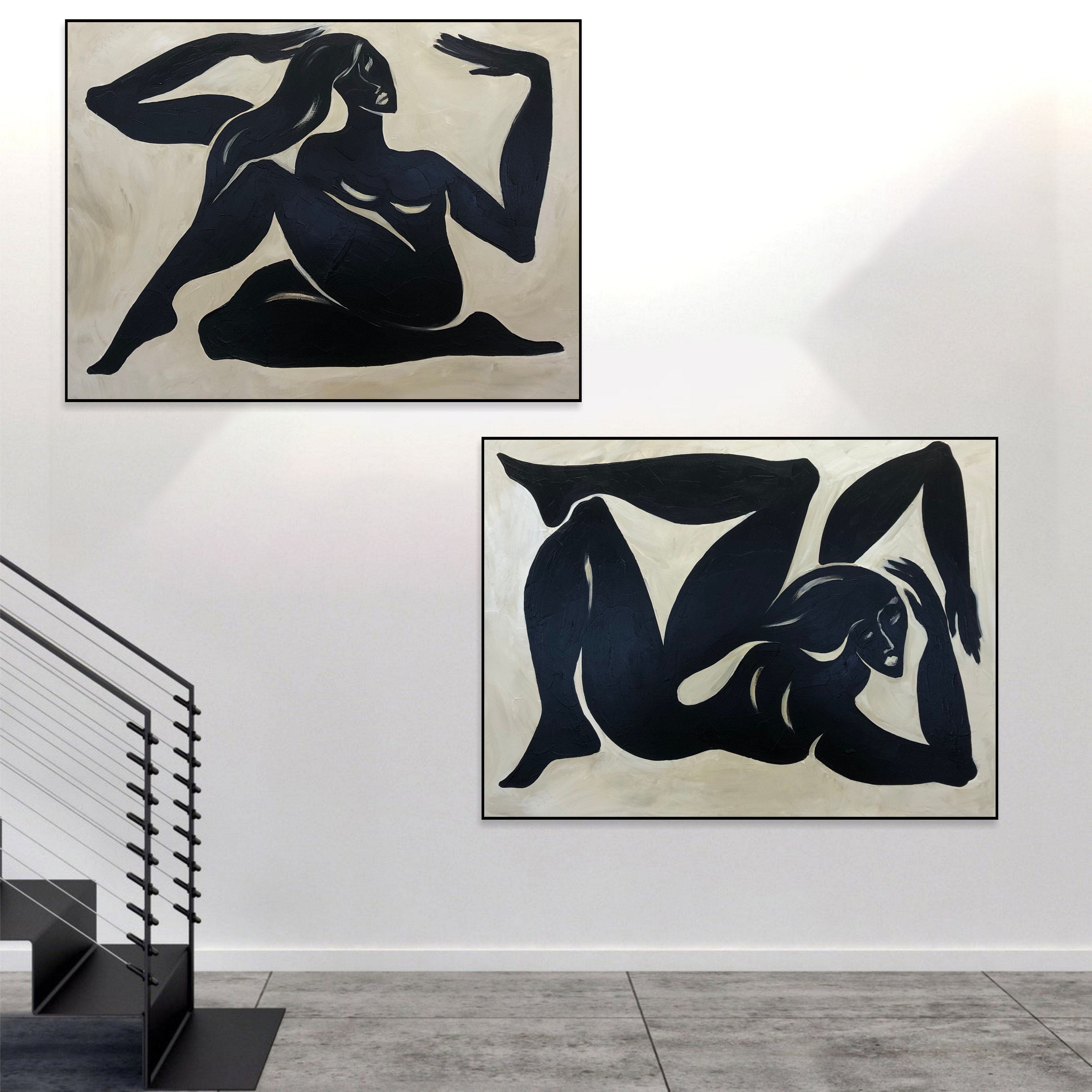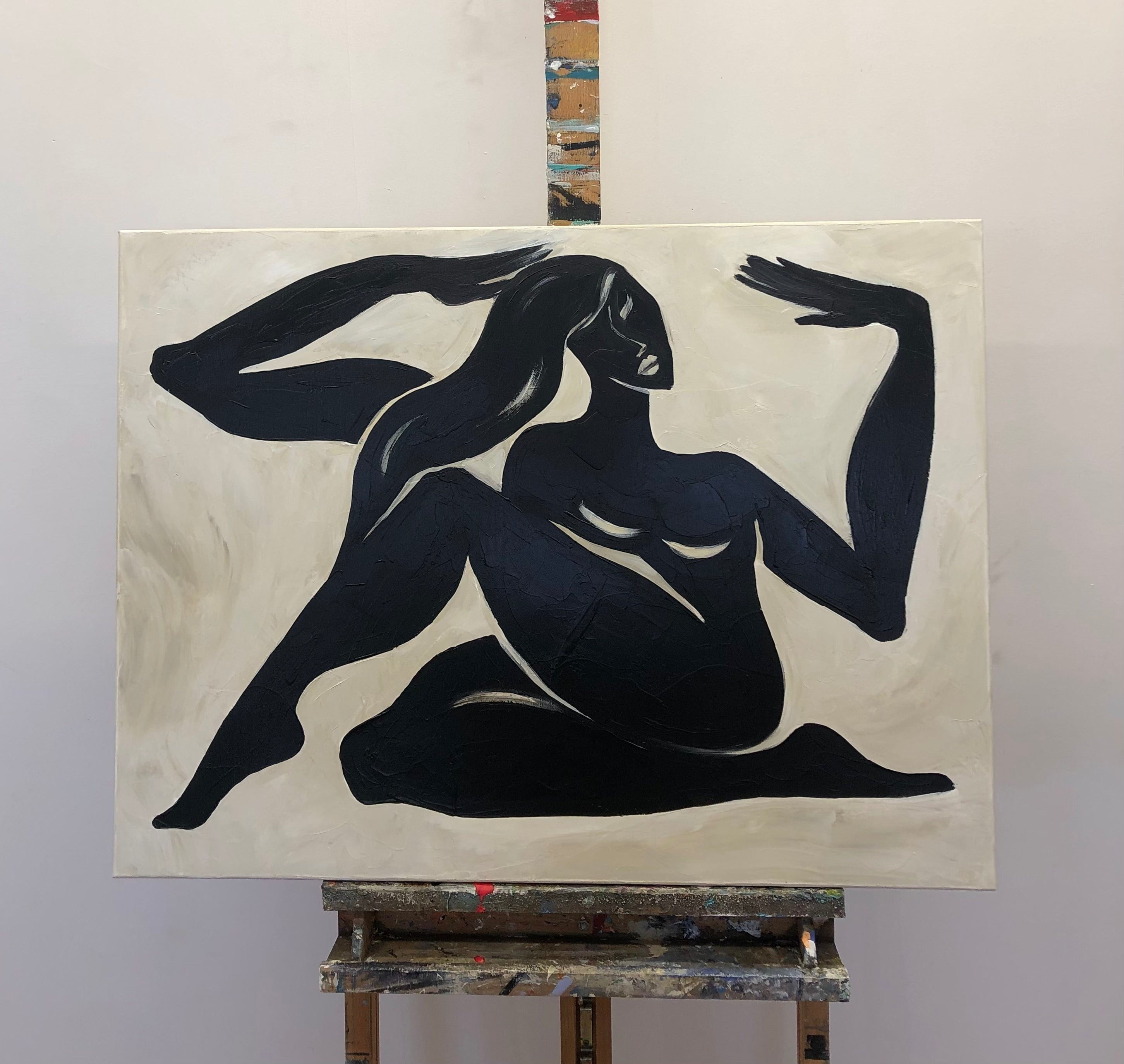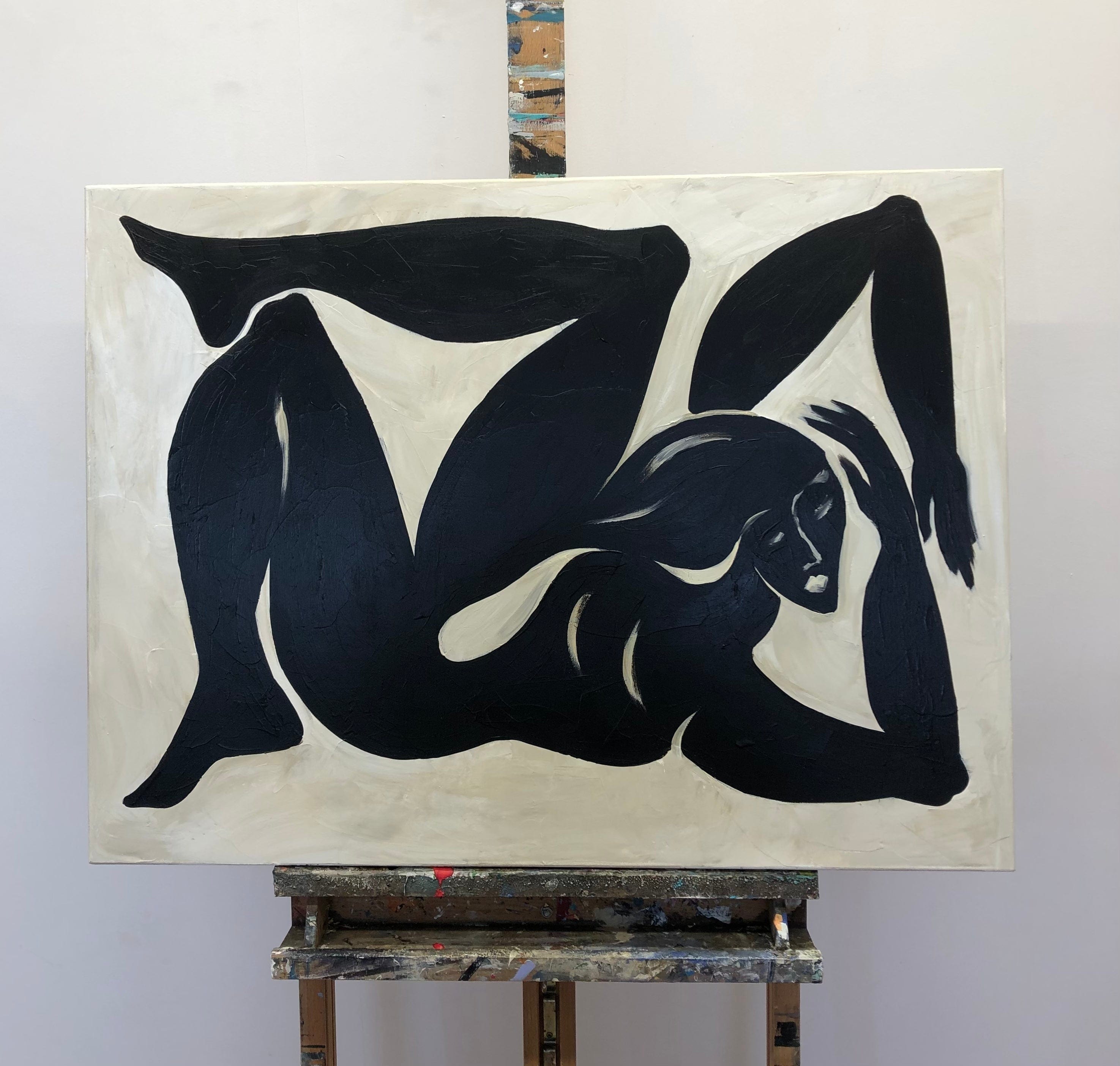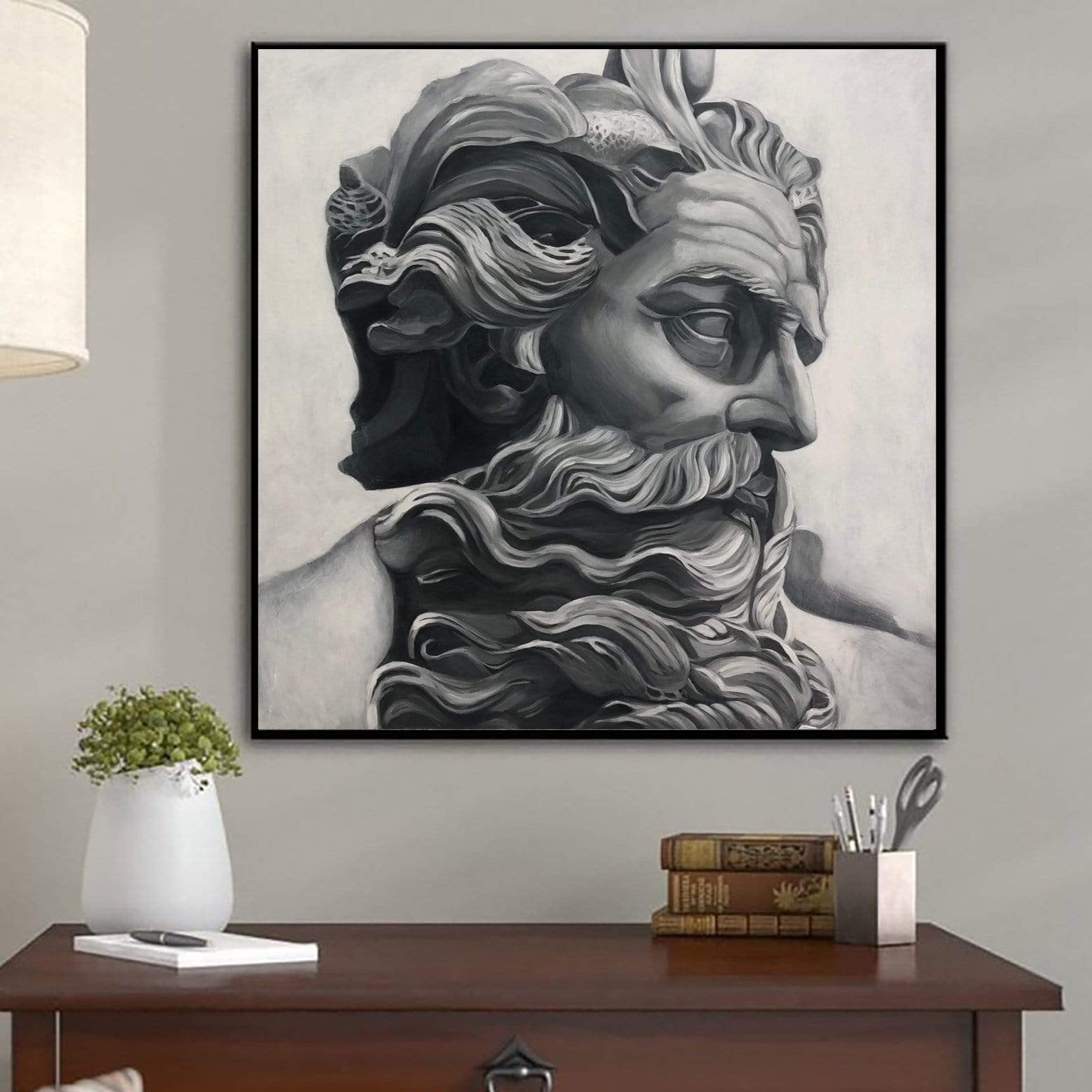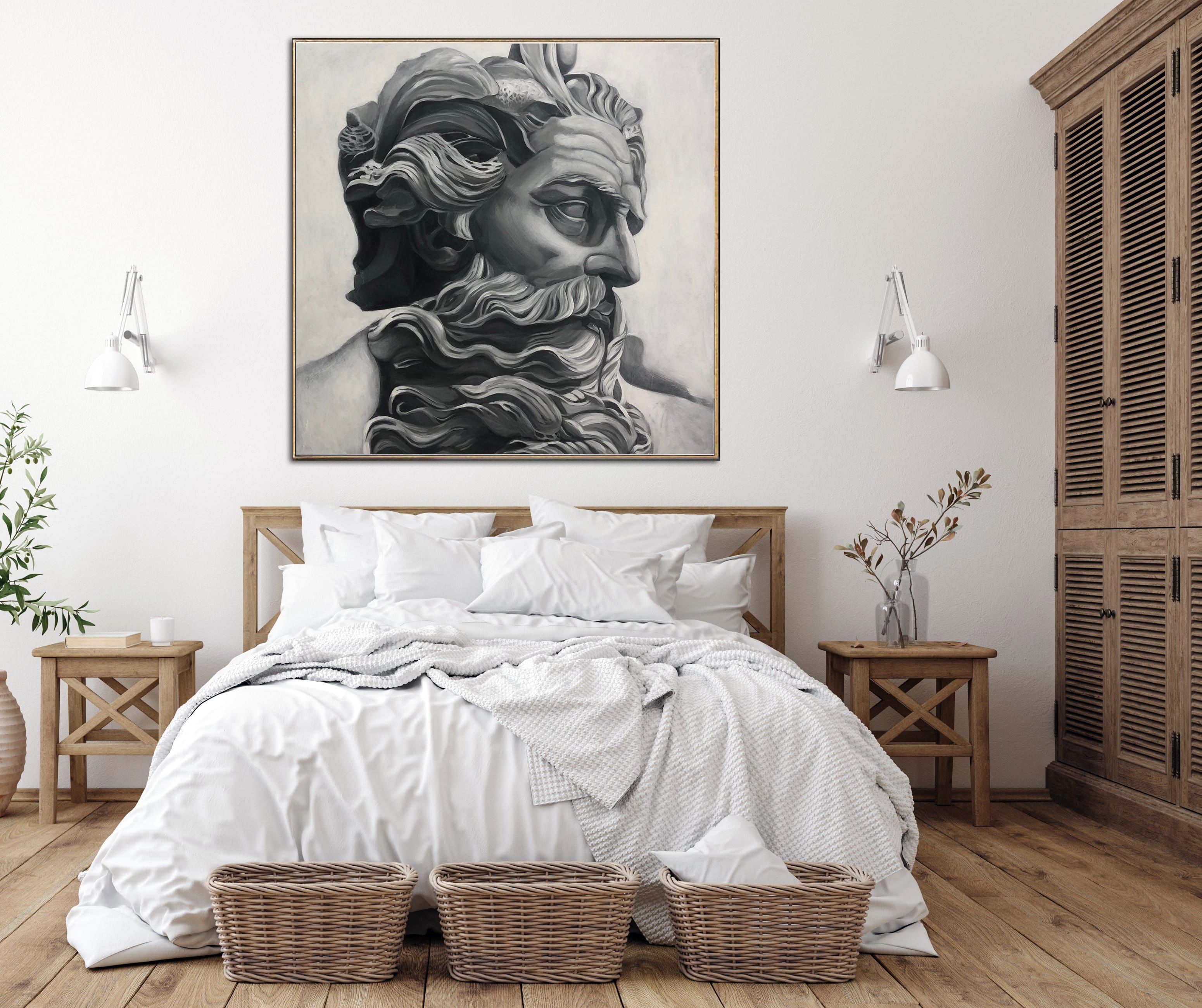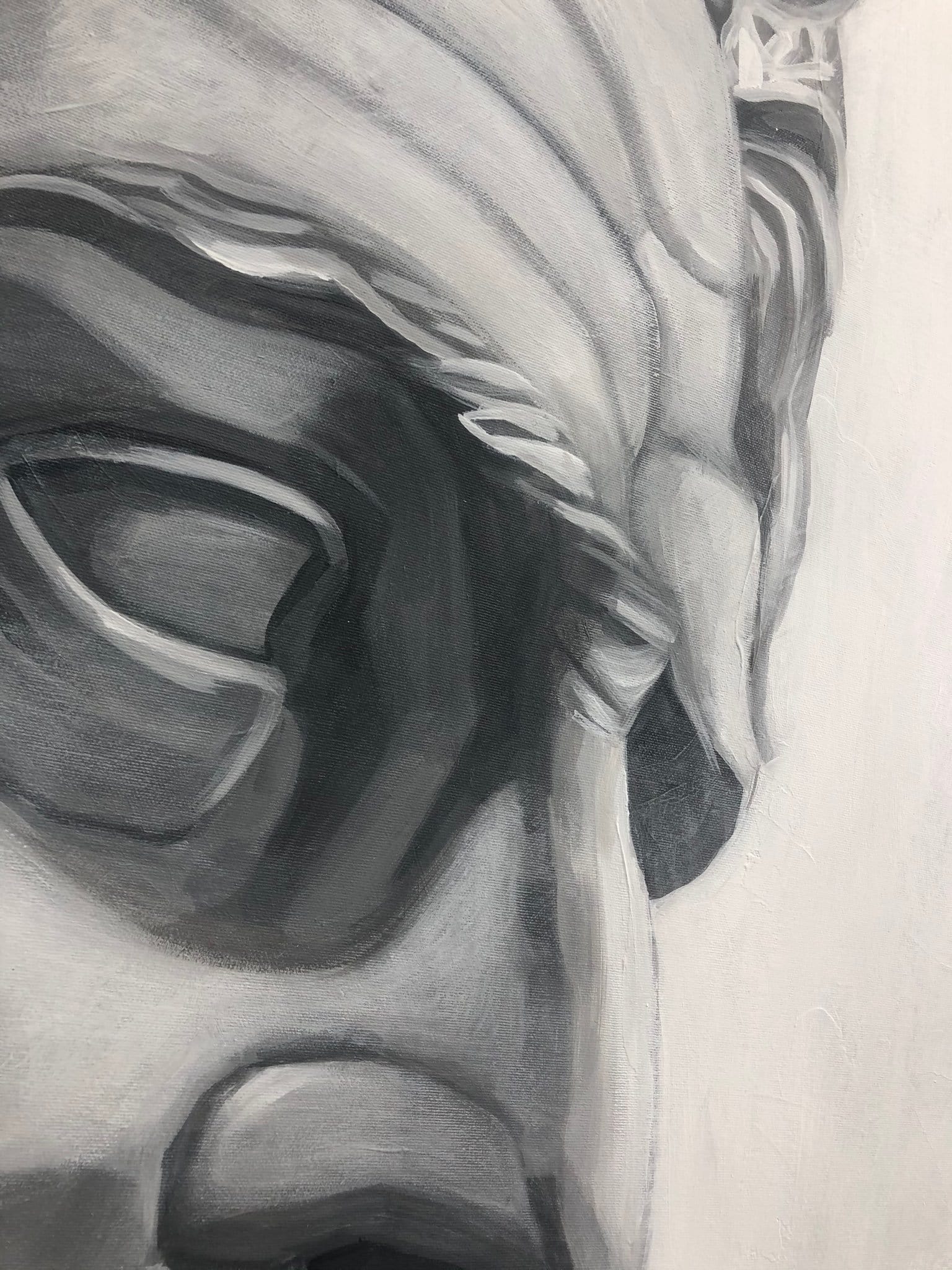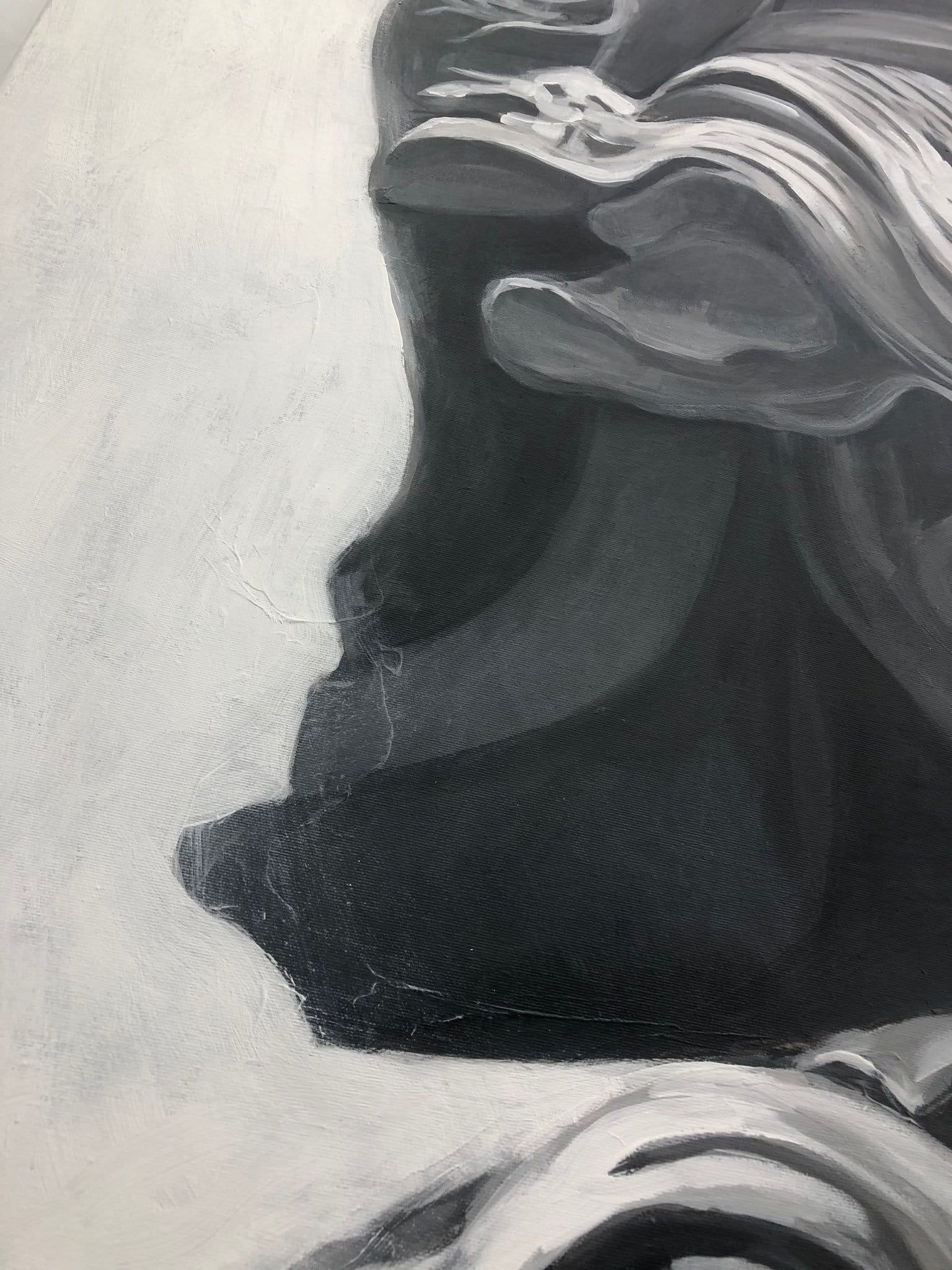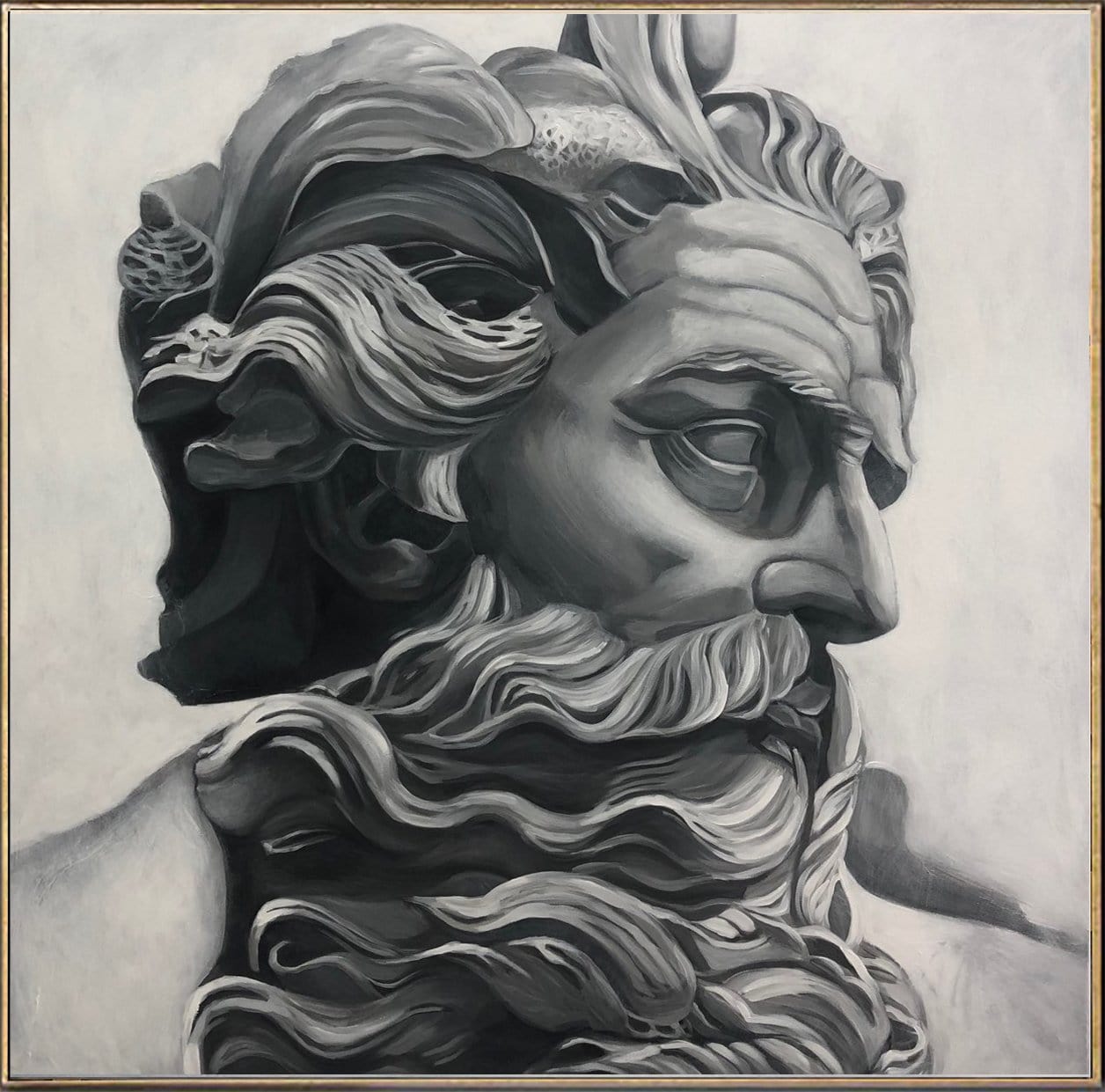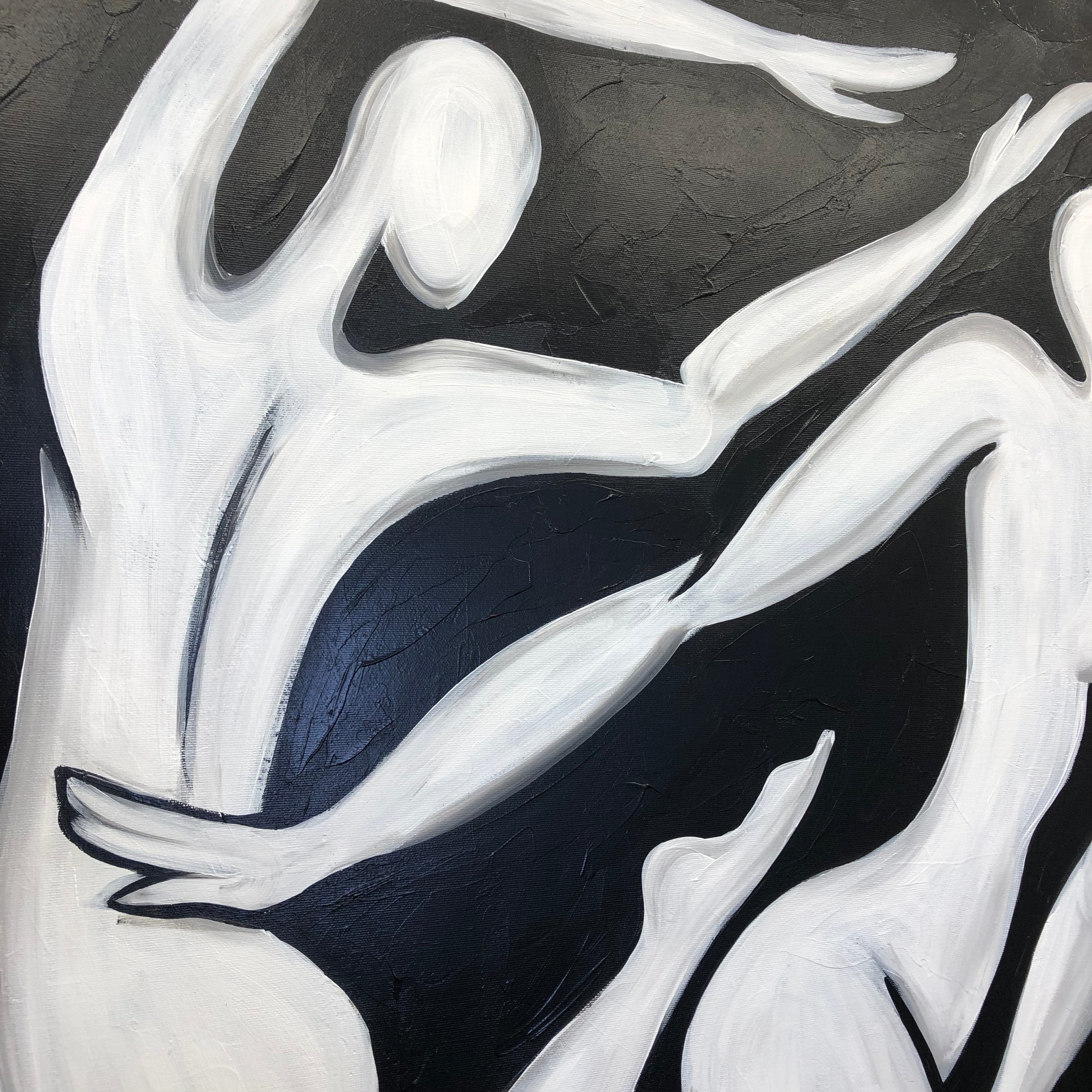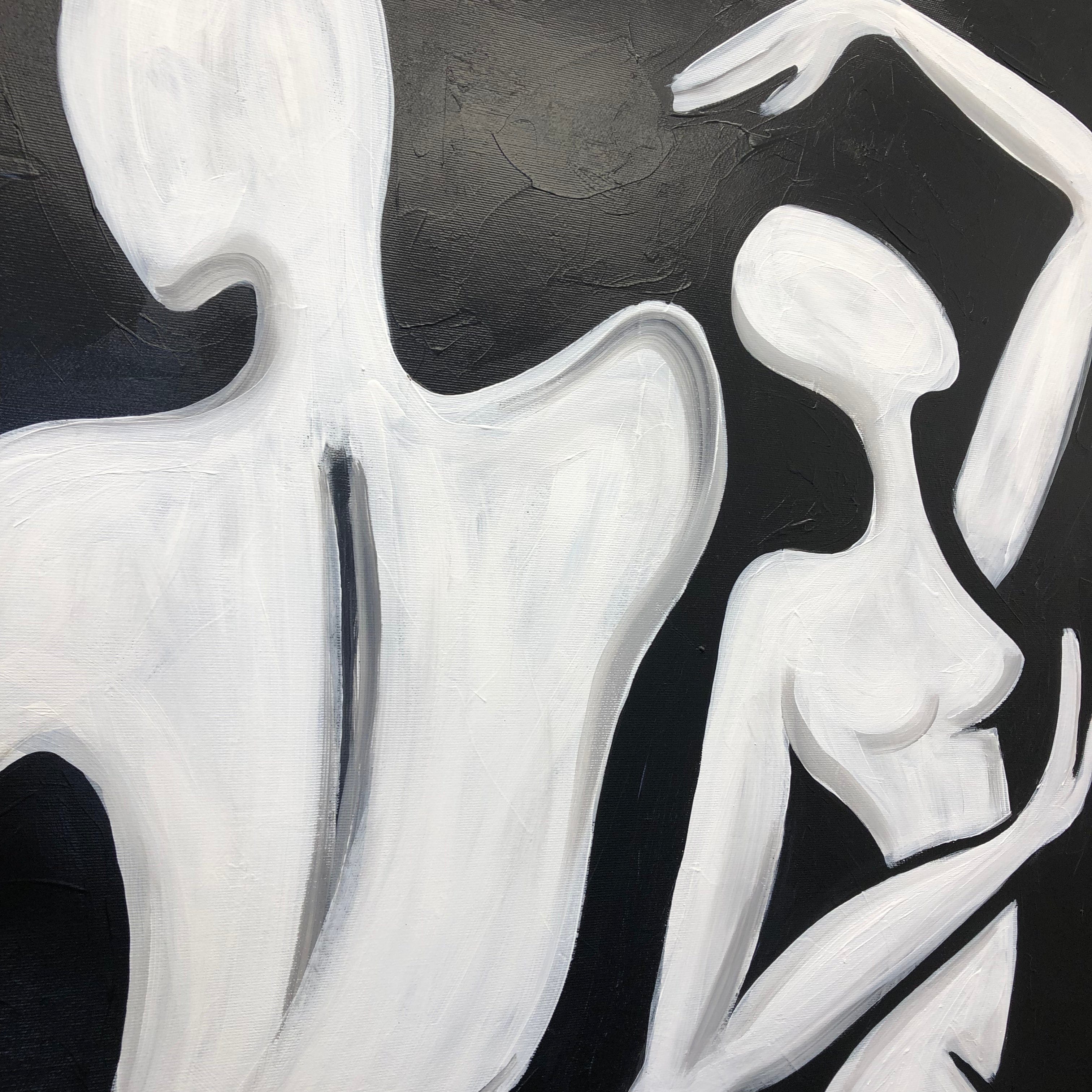Ancient Greek art, a foundation of ancient civilization, thrived in the Mediterranean heartland, heralding the "Greek miracle" — a great cultural and artistic awakening that occurred between 9 BC and 4 AD. This age, recognized for its inventive spirit and aesthetic triumphs, established fundamental standards for beauty, harmony, and balance, and substantially influenced later cultures' artistic endeavors.
Ancient Greek art left a profound mark on subsequent cultures, influencing everything from Roman sculpture and architecture to Renaissance painting and beyond. Its emphasis on proportion, balance, and humanism became the benchmarks for beauty in the Western world, shaping artistic expressions and aesthetic standards through the ages. The aesthetic principles established during that period continue to resonate through time, affecting a myriad of artistic traditions and movements across the globe.
At TrendGallery, we offer a modern reinterpretation of these timeless ideals in our Contemporary Greek-Inspired Paintings — a collection where ancient grandeur meets minimalist design. Our studio creates one-of-a-kind artworks that blend classical motifs with modern sensibilities, celebrating the enduring elegance of form, proportion, and cultural legacy. Explore a collection that bridges history and innovation, and experience the eternal spirit of classical art through a fresh, contemporary lens.
Vase Paintings: The Story of Ancient Greek Life
Vase paintings hold a distinguished position within ancient Greek art, primarily executed on commonly used vessels such as amphoras and kraters. Initially, artists depicted silhouettes of people and animals using black varnish on a backdrop of burnt red clay. These early works, known as black-figure vases, featured details etched with a needle, creating thin red lines that stood out against the dark figures. This technique evolved with the introduction of red-figure vases, where the roles of color were reversed: figures were left in the natural red of the clay, while the background was filled in with black, allowing for more intricate detailing with black lines on a red surface.
These vases are invaluable as historical records; they provide a visual documentation of ancient Greek life, from mythology and religious practices to everyday activities. Artists often chose themes that included deities, heroic exploits, and scenes from daily life such as domestic duties and leisure activities. Prominent among the depictions were athletic competitions, including Olympic games, and public celebrations, which highlight the importance of sports and festivities in Greek society. Through these vivid portrayals, we gain insights into the attire, household items, and customs of the ancient Greeks, making these vases an essential link to understanding their world and philosophy.
These depictions of daily rituals and mythological tales remind us of the enduring power of the human form, much like the timeless elegance captured in our figurative art collection.
Lost Hellenistic Paintings and Their Echoes
Hellenistic painting, as well as earlier ancient Greek paintings and drawings, unlike the well-preserved sculptures of the same eras, have largely not survived to the present day. The scarcity of these artworks can be attributed to the perishable materials used by the artists, which did not endure as well as stone or bronze. Despite this, the impact of renowned Hellenistic painters such as Apollodorus, who is credited with the introduction of skiagraphia (shadow painting), and Zeuxis, known for his pursuit of visual realism, has been profound. Their innovative approaches have significantly influenced the development of artistic techniques, establishing standards that continue to shape the future of Western art.
The essence of Greek classical art, especially in terms of ancient Greek paintings and drawings, has been primarily preserved through Roman copies and the detailed descriptions by historians. These secondary sources are invaluable for understanding the themes, styles, and techniques of the original masterpieces. Through Roman reproductions and literary accounts, we gain insights into a rich artistic tradition. Although lost in its original form, this tradition continues to resonate through the ages, echoing in subsequent art movements and retaining a vital influence on artistic developments.
Key Artists of Classical Greece
The 5th century BCE marked a period of remarkable innovation in classical Greek painting, led by a cadre of pioneering artists whose work has defined the era and profoundly influenced subsequent generations.
Apollodorus, known as the "skiograph" or "shadow painter," was a trailblazer in the use of shadows and halftones, establishing the foundations for illusionism in art. His techniques were further refined by his disciple Zeuxis of Heraclea, who is celebrated for his shift from traditional wall paintings to easel paintings, allowing for greater detail and complexity in his compositions.
Agatharchos is credited with the introduction of graphic perspective, which added depth to two-dimensional art, while Parrhasius was renowned for his detailed drawings, most notably his depiction of Theseus in the Roman Capitol. The contributions of female artists, such as Timarete, are also significant; she challenged traditional domestic roles, choosing instead to create art, like her famous panel depicting the goddess Diana at Ephesus. Timarete's work is celebrated for its pioneering themes of female empowerment and spirituality in Greek art.
The Late Classical period coincided with the peak of the Macedonian Empire under Alexander the Great and the enduring cultural dominance of Athens. During this time, Apelles of Kos rose to prominence as the most acclaimed artist of his day, serving as the official portraitist for Philip II of Macedon and Alexander the Great. Apelles was revered for his exquisite use of color and his development of shading techniques that added a new dimension of realism to his portraits.
Other notable artists from this era include Antiphil, known for his adept use of light and shadow and his unique specialty in caricatures; Protogenes, celebrated for his extraordinary attention to detail; and Euphranor of Corinth, who excelled in both painting and sculpture—a rare dual talent. Androkid of Cyzicus was distinguished for his vivid historical paintings, particularly his portrayal of the Battle of Plataea.
These artists collectively pushed the boundaries of Greek art, enhancing its techniques and thematic scope. Their legacy was preserved through Roman copies and historical narratives, ensuring that their influence would permeate through the ages, shaping not only the art of their contemporaries but also that of future generations.
Themes in Ancient Greek Art: Myth, Heroism, and Daily Life
Ancient Greek art is rich in recurring motifs that reveal the complexities and values of its culture. Central themes often include the pantheon of gods and legendary heroes, each embodying ideals of beauty, virtue, and heroism. These mythological subjects not only served to communicate the tales of divine intervention and heroic feats but also acted as moral guides for the society. Alongside these grand narratives, the daily life of the Greeks was also a prevalent subject, particularly the roles and representations of women, ranging from the domestic sphere to their participation in religious rites.
The cultural significance of these themes extends well beyond their historical era into modern times, influencing contemporary art, literature, and philosophy. They offer insights into the ancient Greek worldview, reflecting their quest for knowledge, beauty, and understanding of human nature. This thematic richness makes ancient Greek art a study in how societies express values and ideals through visual media, continuing to resonate and inspire discussions about human experience across the ages.
Additionally, ancient Greek art provides invaluable archaeological and sociological data, helping historians and scholars trace the evolution of social norms, artistic techniques, and even political structures through the epochs. From the iconic vases depicting Olympic athletes to the stoic busts of philosophers, each artifact offers a window into the daily life and the elevated ideals of ancient Greece, ensuring that its artistic heritage continues to enlighten and enchant generations.






















